English Version
In the beginnings of the nascent Village of St. Christopher of Havana, as in the majority of the settlements created at the beginning of the Spanish colonial period in Cuba, the existence of a church was of great importance, since it was the spiritual centre of the city and therefore one of the most important places of the time. In the old Havana town, the first church that was erected was called ‘Parroquial Mayor’, a very modest church that was for a long time the only centre of worship in the incipient city.
Years later this church was demolished to build the Palacio de los Capitanes Generales (Palace of the General Captains) on the land it occupied, a place that was the residence of the different general captains that ruled Cuba. Nowadays this majestic and admirable building is the Museum of the City, where in several rooms we can see diverse objects and works of art and in this way get an idea of what life was like in the city of Havana in its early years, as well as the different stages of history up to the present day.
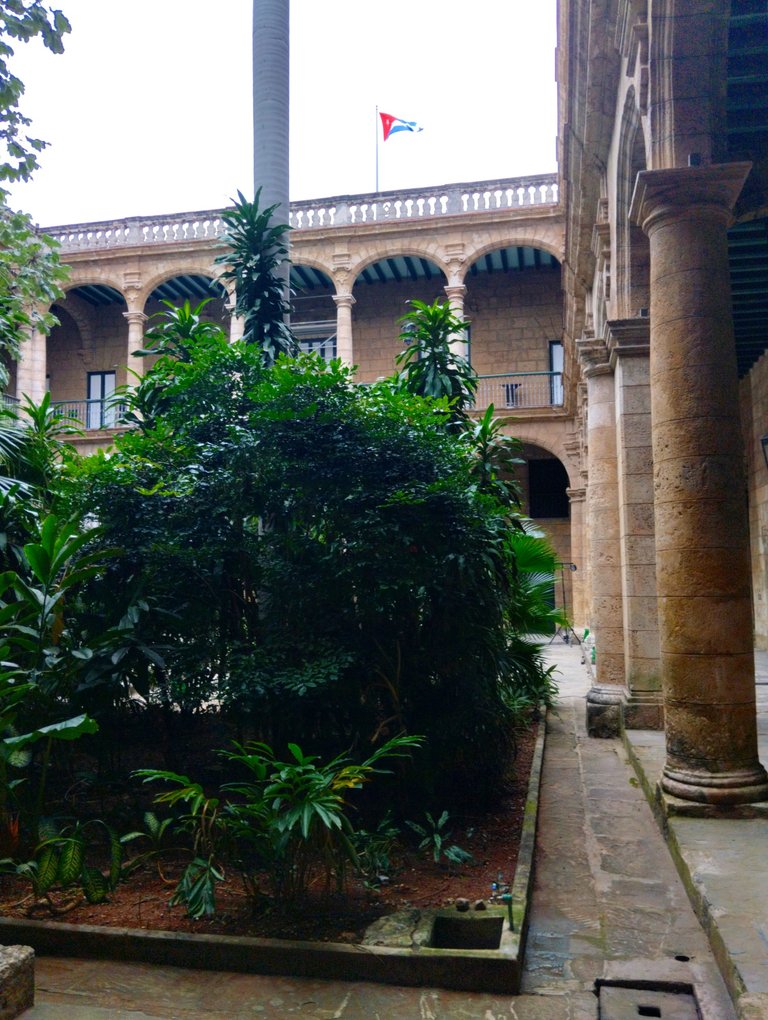
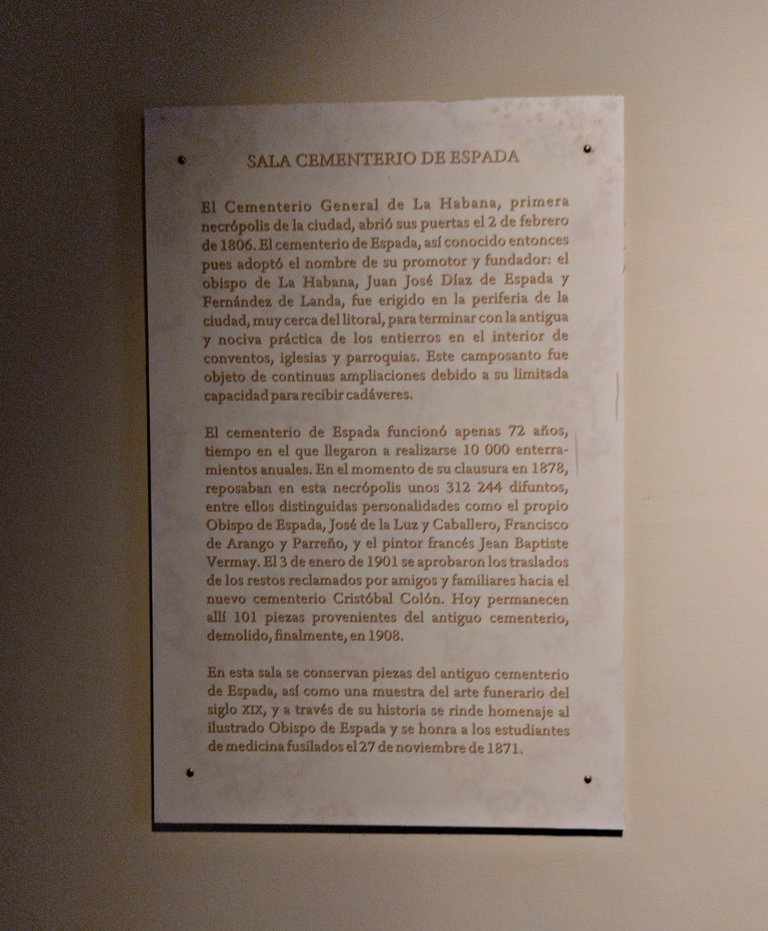
The museum is located on Tacón Street between Obispo and O'Reilly, in Old Havana. In this publication I am going to show the room dedicated to the Espada Cemetery, which was the first cemetery in the city and where the nobility and personalities of the time were buried. This room displays exclusive funerary pieces and others that were found when excavations were carried out inside the Palace of the Captains General when the site was first restored. Some of them belonged to the church that was originally located in these grounds, and some tombs were even found.
In this room there are a variety of beautiful marble works, a representation of the funerary art of other times, which were recovered from the old Espada Cemetery. In one of the rooms there is a group of sculptures representing allegories to the seasons of the year, gods and mythological deities and also religious relics. It is a room full of mysticism complemented by the elegance and delicacy of each piece.
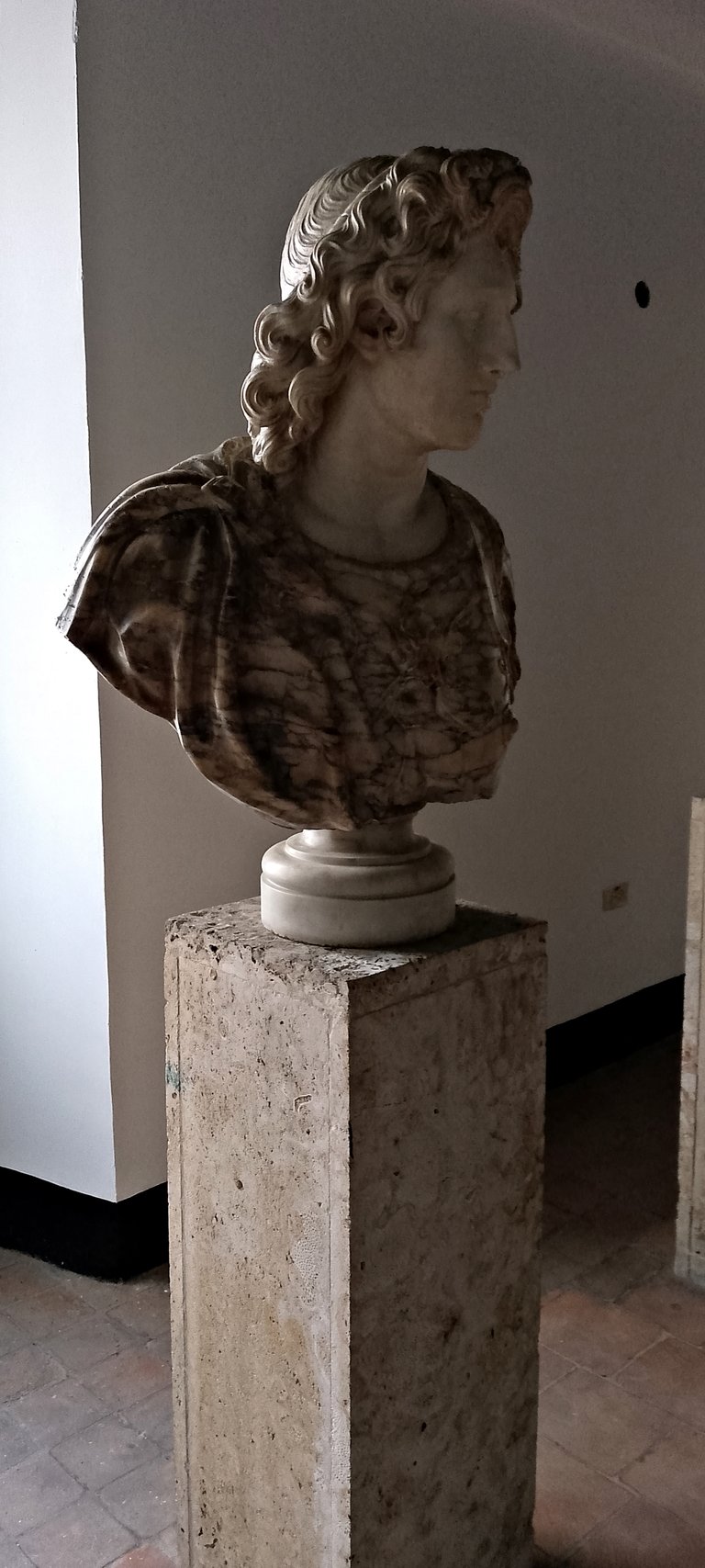
In the main hall there are some paintings on display, including a large portrait of the Bishop of Havana, who was the promoter and who helped to found the cemetery, which bore his name. There are also other objects and furniture from the colonial period. Almost at the end of the tour, the lid of the funerary urn of Juan Bautista Vermay, French painter established in Cuba and founder of the National School of Fine Arts, is a surprise.
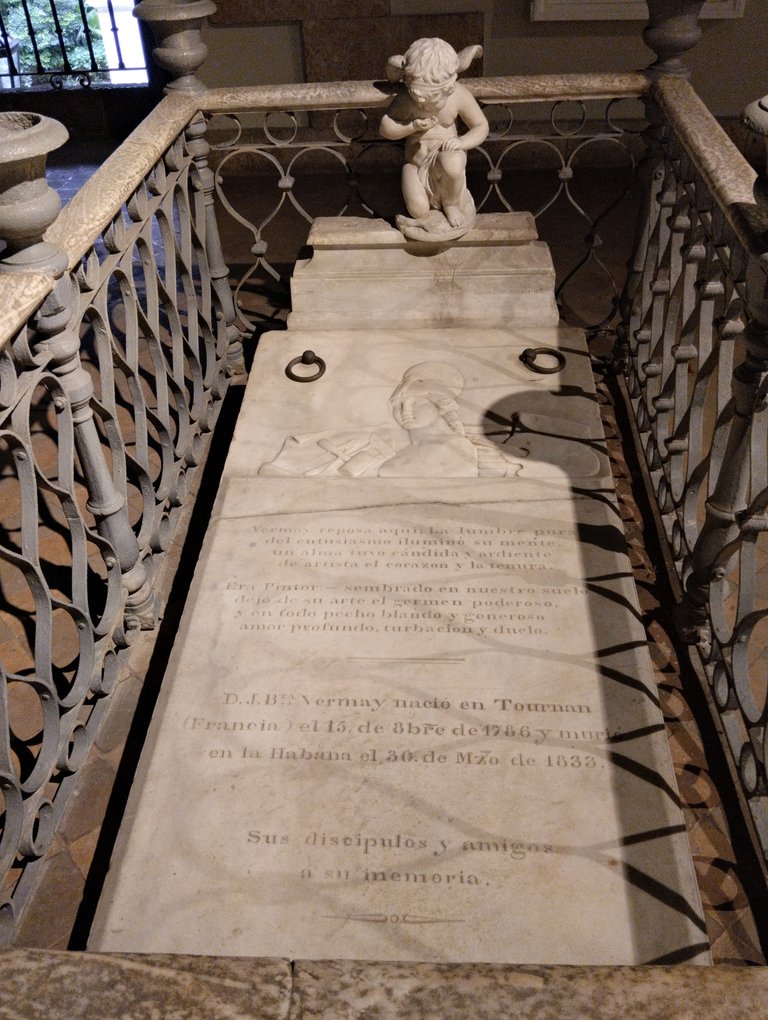
Visits to the Museum of the city are always a journey through the history of Havana, since from the present I can enter into its past to get to know it better.
I hope you enjoyed this tour and all the interesting things it has to offer.
Versión en Español
En los inicios de la naciente Villa de San Cristóbal de La Habana, como en la mayoría de los asentamientos creados al principio del coloniaje español en Cuba, la existencia de una iglesia era de gran relevancia ya que era el centro espiritual de la ciudad y por ellos uno de los sitios más importantes de la época. En la antigua villa habanera la primera iglesia que se erigió tenía por nombre Parroquial Mayor, una iglesia muy modesta que fue durante mucho tiempo el único centro de culto en la incipiente ciudad.
Años más tarde esta iglesia fue demolida para construir en el terreno que ocupaba, el Palacio de los Capitanes Generales lugar que fuera la residencia de los diferentes capitanes generales que rigieron en Cuba. En la actualidad esta majestuosa y admirable edificación es el Museo de la Ciudad, donde en varias salas podemos ver diversos objetos y obras de arte y de este modo hacernos una idea de cómo era la vida de la ciudad de la Habana en sus primeros años, así como las diferentes etapas de la historia hasta el momento actual.
El museo se encuentra en la calle Tacón entre Obispo y O'Reilly, en la Habana Vieja. En esta publicación vengo a mostrar la sala dedicada al Cementerio de Espada, que fue el primer cementerio de la ciudad y en donde se sepultaba a la nobleza y a personalidades de la época. En esta sala se muestran piezas funerarias exclusivas y otras que se hallaron al realizar excavaciones dentro del Palacio de los Capitanes Generales cuando se restauró el lugar por primera vez. Algunas de ellas pertenecieron a la iglesia que se encontraba inicialmente en estos terrenos, incluso se hallaron algunas tumbas.
En esta sala hay variadas y bellas obras en mármol, una representación del arte funeraria de otros tiempos, y que se recuperaron del antiguo Cementerio de Espada. En una de los locales se encuentran un grupo de esculturas que representan alegorías a las estaciones del año, dioses y deidades mitológicas y también reliquias religiosas. Es una sala llena de misticismo complementado con la elegancia y la delicadeza de cada una de la pieza.
En la sala principal se exhiben algunas pinturas, en la que destaca un gran retrato del Obispo de la Habana, quien fuera el promotor y quien ayudara a fundar dicho cementerio, el cual llevaba su nombre. Hay también otros objetos y muebles de la época de la colonia. Sorprende casi al final del recorrido la tapa de la urna funeraria de Juan Bautista Vermay, pintor francés establecido en Cuba y fundador de la Escuela Nacional de Bellas Artes.
Las visitas al Museo de la Ciudad son siempre un recorrido por la historia de la Habana, ya que desde el presente puedo adentrarme en su pasado para conocerla mejor.
Espero que hayan disfrutado de este recorrido y de todo lo interesante que tiene para ofrecer.
Un Saludo a los amantes de la Arquitectura, y hasta la próxima!
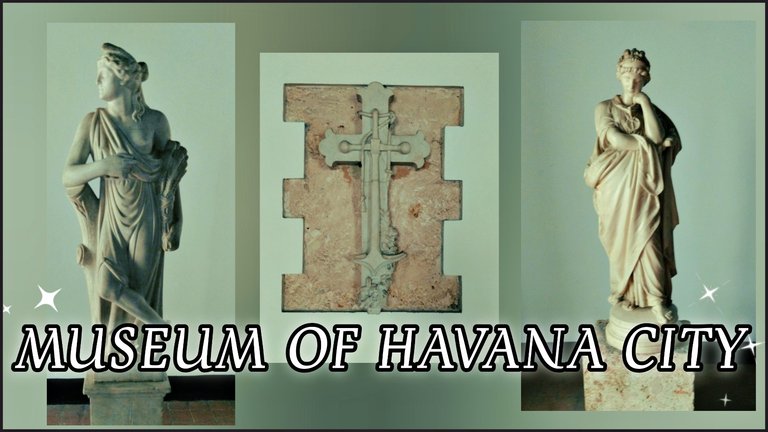
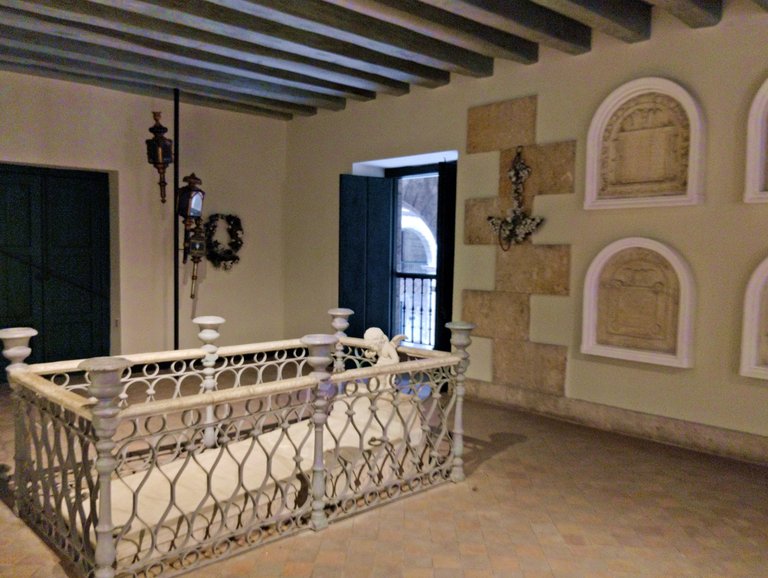
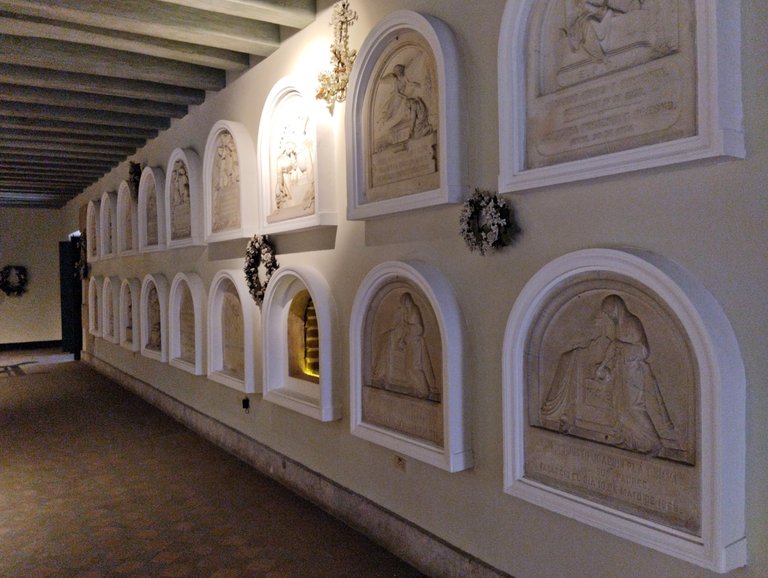
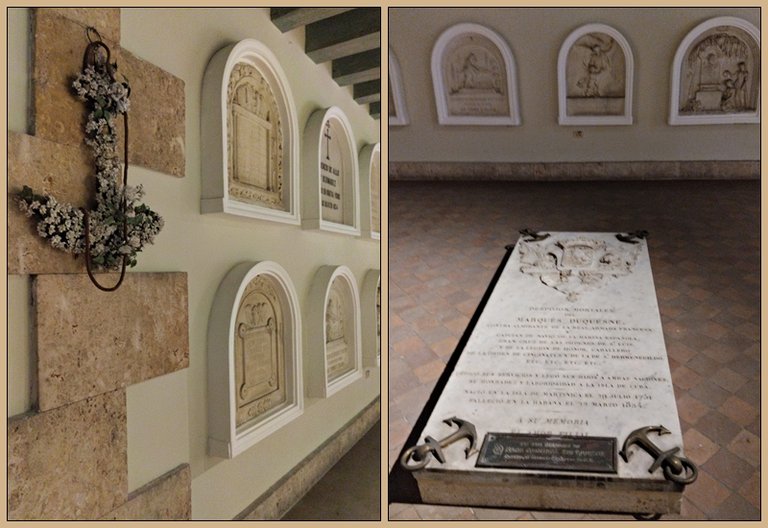
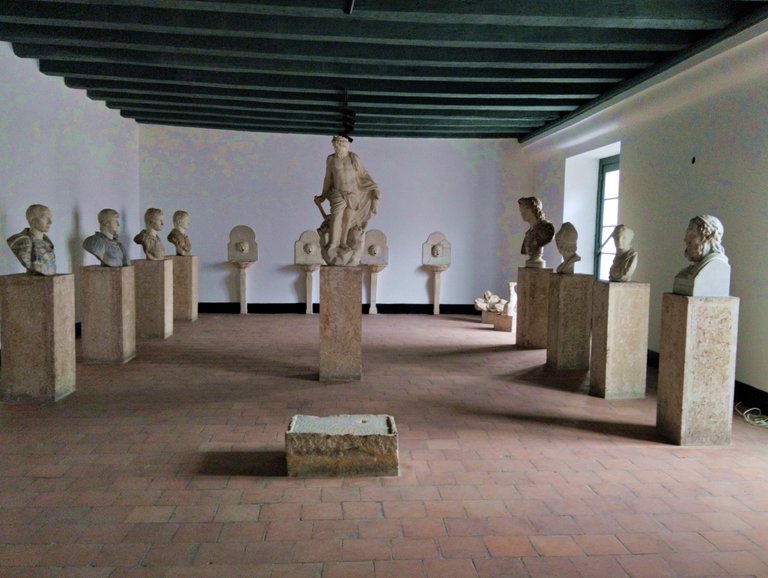
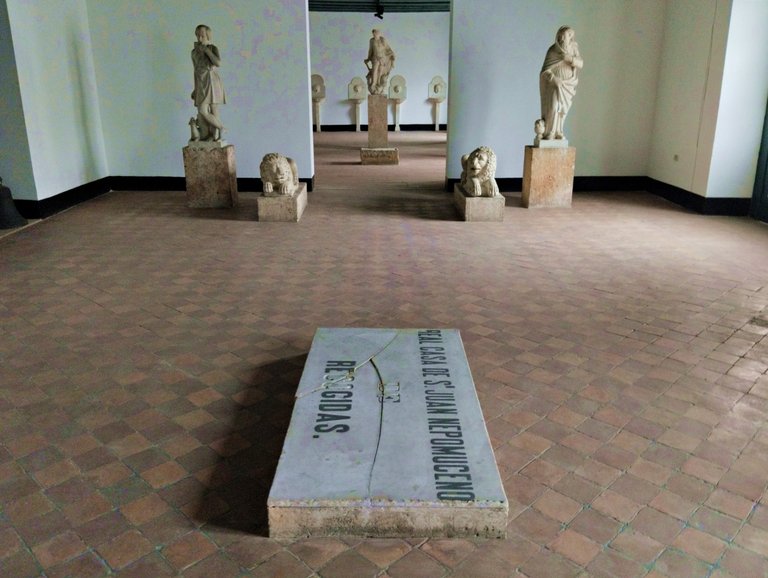
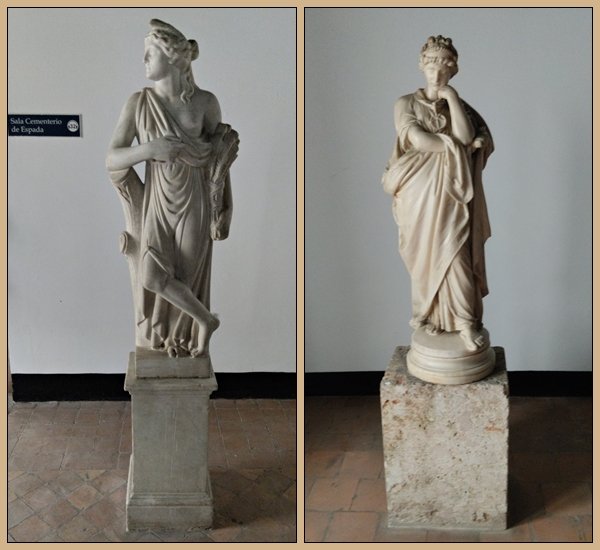
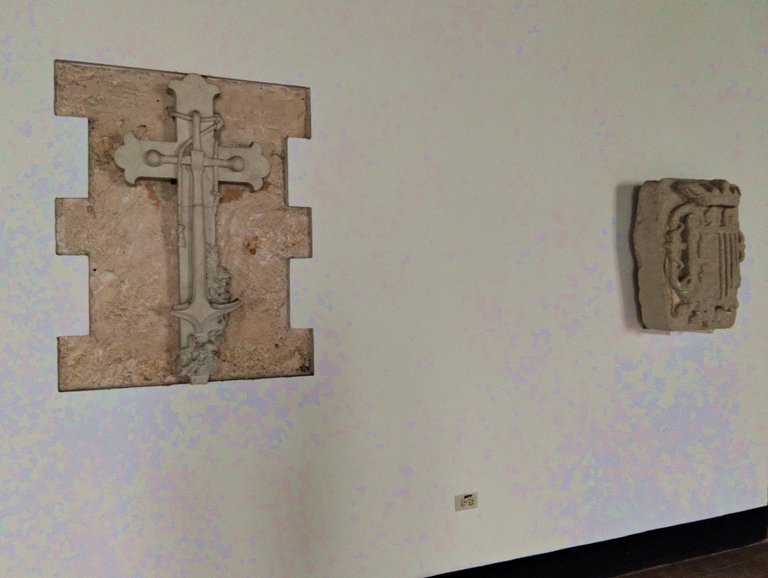
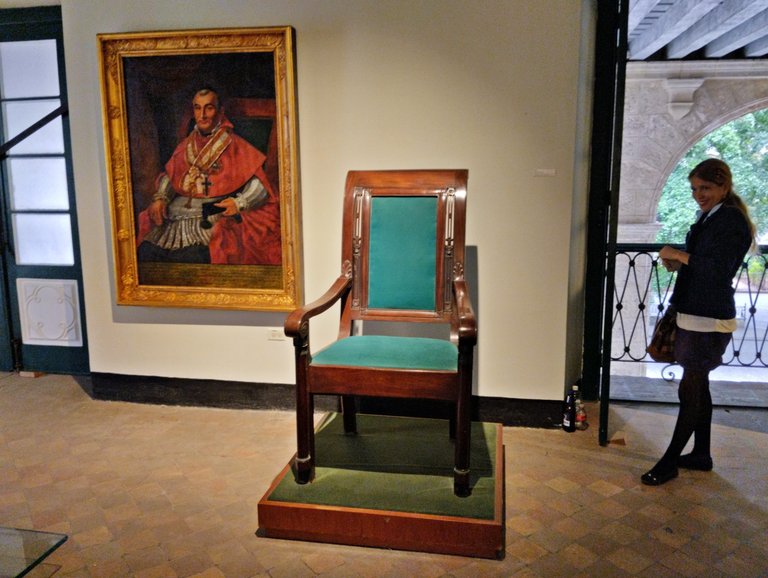
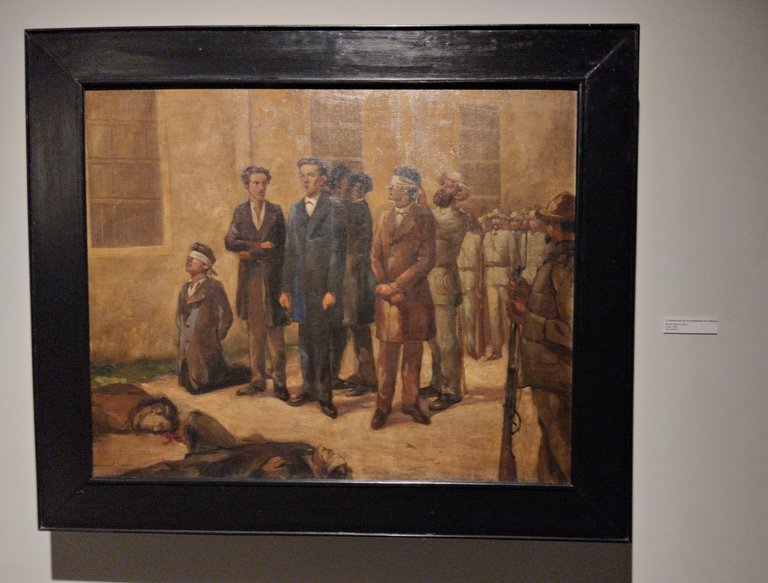
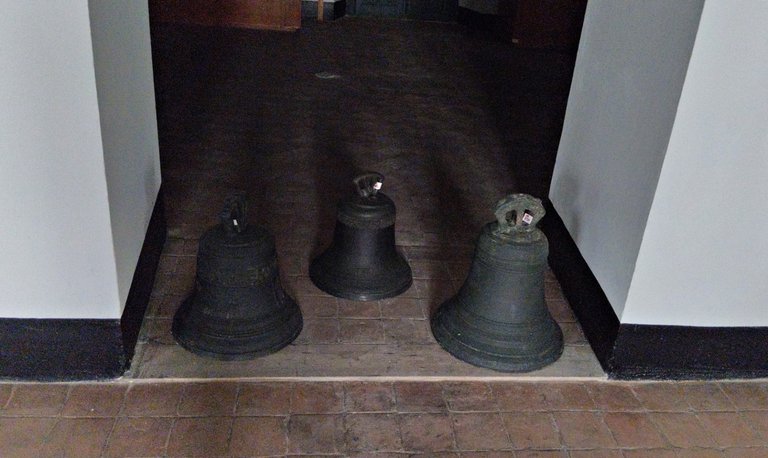
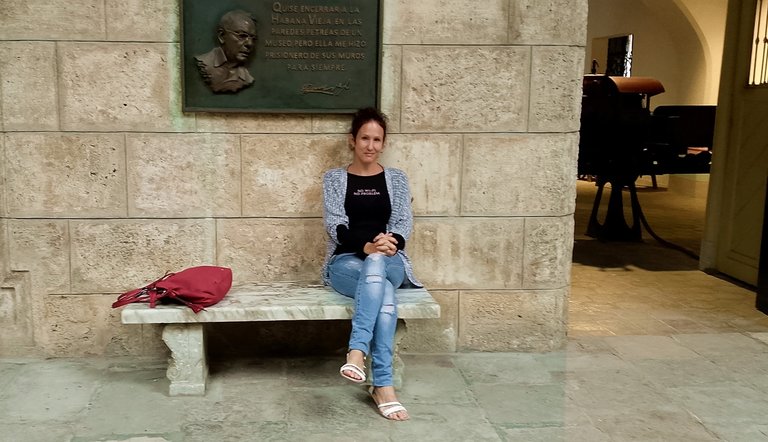

You have successfully captured every beauty of this place. It's truly amazing, have a nice day my friend ♥️♥️
Thank you very much, have a nice day too.
various beautiful paintings and sculptures. this museum is very beautiful
Travel Digest #2470.
Become part of our travel community:
- Join our Discord
Hiya, @lauramica here, just swinging by to let you know that this post made it into our Honorable Mentions in Your post has been manually curated by the @worldmappin team. If you like what we're doing, please drop by to check out all the rest of today's great posts and consider supporting other authors like yourself and us so we can keep the project going!Hello @lauramica thank you very much, I am happy to be in the Honorable Mentions of Travel Diggest today.
Keep up the great work 💪
Interesante museo donde se plasma la historia de la otrora Villa de San Cristóbal de La Habana.
The Museum of Havana is a solid testament to the rich cultural heritage of your home city. I'm truly impressed by the enormous collection of marble works, paintings, and other relevant artifacts that support Cuba's architectural legacy - they are exquisite. What an incredible journey @jordy0827! 😊
Thanks for Elevating Architecture and Design with Hive!
Thank you very much for appreciating the architecture of Cuba, this museum is amazing, besides a place full of history.
Cheers!
You can check out this post and your own profile on the map. Be part of the Worldmappin Community and join our Discord Channel to get in touch with other travelers, ask questions or just be updated on our latest features.
Congratulations, your post has been added to the TravelFeed Map! 🎉🥳🌴
Did you know you have your own profile map?
And every post has their own map too!
Want to have your post on the map too?
- Go to TravelFeed Map
- Click the create pin button
- Drag the marker to where your post should be. Zoom in if needed or use the search bar (top right).
- Copy and paste the generated code in your post (any Hive frontend)
- Or login with Hive Keychain or Hivesigner and click "create post" to post to Hive directly from TravelFeed
- Congrats, your post is now on the map!
PS: You can import your previous Pinmapple posts to the TravelFeed map.Opt Out
Congratulations @jordy0827! You received the biggest smile and some love from TravelFeed! Keep up the amazing blog. 😍 Your post was also chosen as top pick of the day and is now featured on the TravelFeed front page.
Thanks for using TravelFeed!
@for91days (TravelFeed team)
PS: TravelFeed is in social media to reach more people, follow us on Facebook, Instagram, TikTok, and X.
This is a building that has life. I really like classic buildings like this @jordy0827
Yes, it is a very beautiful place, with many works of art inside.
.
Hello friend, there are many sculptures in the museum, the lid of the urn is a great work of art, the chair has beautiful colors.
Greetings!
Hello my friend, I like you enjoy the place.
Cheers!
So many exquisite sculptures! Havana is certainly blessed to have amazing artists, sculptors, and artisans who dedicate their lives into producing such incredible masterpieces. A must-visit museum indeed @jordy0827! 😊
Experience Your Built World™
Thank you very much, I am glad you like the place.
Cheers!
Curated Content Catalog and was awarded RUNNER UP in Architecture Anthology™ 91. More power!Congratulations dear @jordy0827! We are delighted to inform you that your outstanding publication was specially selected as an exclusive feature for our
Thank you for subscribing to Architecture+Design, an OCD incubated community on the Hive Blockchain.
Thank you very much, I am grateful that my publication has been selected for the weekly catalog of the community 🙏🏻
Always an enormous pleasure to serve you dear @jordy0827. Keep sharing marvelous A+D stories. All the best! 😀